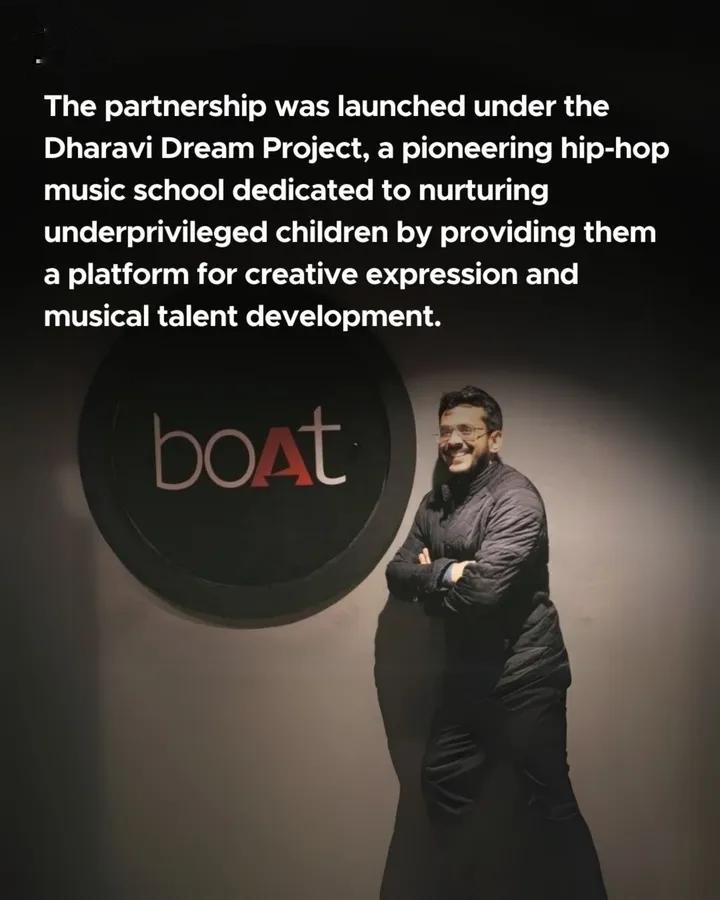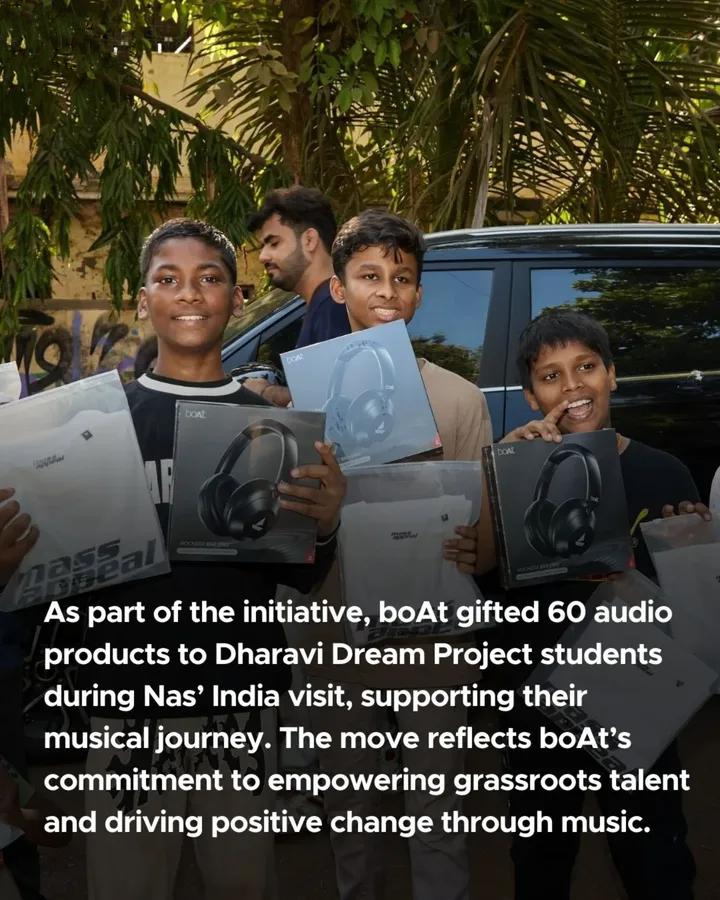Back
Jewelpik App
House of jewellery b... • 7m
Voiceover or Music? Choosing the Right Audio Strategy? In the world of multimedia storytelling, audio is just as important as visuals. Whether you're producing a corporate video, podcast intro, explainer animation, or a marketing ad, the audio component sets the tone, builds emotional resonance, and guides your audience's perception. But one key decision can shape the entire experience: Should you use a voiceover, music, or both? In this blog, we’ll explore the roles of voiceovers and music, when to use each, and how to choose the right audio strategy for your content. The Power of Voiceover A voiceover delivers direct communication. It's your narrator, brand ambassador, or guide — a human voice that informs, explains, persuades, or evokes emotion through spoken language. When to Use a Voiceover: Explainer videos – To break down complex ideas in a clear, conversational tone. Product tutorials – To give step-by-step instructions. Corporate or training videos – To align internal messaging with professionalism. Commercials or PSAs – To emotionally connect and prompt action. Story-driven content – To build narrative and engagement. Pros: Clear messaging and context Builds trust and brand identity Allows for storytelling and nuance Cons: Needs professional recording quality Can feel overbearing if not done well May limit international flexibility (voice translation required) The Role of Music Music, by contrast, works on a more emotional and subconscious level. It creates mood, rhythm, and emotional tone — even without a single word spoken. When to Use Music: Social media clips – To grab attention quickly and create vibe. Montages or highlight reels – To energize visuals and add momentum. Silent explainers or kinetic text videos – To maintain interest. Brand intros/outros – To create memorable identity or sonic branding. Pros: Universal emotional appeal Enhances pacing and energy Flexible, no translation required Cons: Can’t deliver precise messages Licensing issues for commercial use May not resonate equally across all audiences Voiceover vs. Music – Or Both? Often, the best audio strategy isn’t either/or — it’s both, in balance. A voiceover can carry the message, while music amplifies the emotion. Consider using both when: You want clarity and mood Your brand needs both professionalism and warmth You’re storytelling through narration with emotional arcs Choosing the Right Strategy: Key Questions Ask yourself: What’s the goal of this content? Is it to explain, inspire, sell, or entertain? Who is the audience? Consider age, language, culture, and preferences. What platform will it live on? TikTok might favor music; YouTube explainer videos might need voiceover. What’s your brand tone? Professional, playful, authoritative, or emotional?
More like this
Recommendations from Medial
sarah wilson
Daily sharing of use... • 1m
Wan 2.5 AI Video Generator with Audio Sync,We can create professional, audio-synced videos from a single prompt. Wan 2.5 generates voice, music,and perfectly matched lip-sync in one pass. One-prompt A/V sync from start to finish, Smooth & stable moti
See Moresarah wilson
Daily sharing of use... • 1m
Wan 2.5 AI Video Generator with Audio Sync,We can create professional, audio-synced videos from a single prompt. Wan 2.5 generates voice, music,and perfectly matched lip-sync in one pass. One-prompt A/V sync from start to finish, Smooth & stable moti
See MoreMuttu Havalagi
🎥-🎵-🏏-⚽ "You'll N... • 5m
Apple Music Turns 10: Celebrating a Decade of Streaming Apple Music is celebrating its 10th anniversary with a spotlight on innovation. It announced the opening of Apple Music Studios in L.A., a creative hub for artists and spatial audio engineers.
See MoreShaswat Raj
Think. Feel. Build. ... • 9d
Download YouTube Videos in 4K, MP4 & MP3 — Fast, Free & No Ads 🚀 Need a simple way to save YouTube videos or audio? Try the 30Tools YouTube Downloader: a fast, free, and ad-free online tool that lets you download YouTube content in the quality you
See MoreJewelpik App
House of jewellery b... • 5m
Why Good Sound Design Matters Even for “Silent” Jewelry Videos? Jewelry videos often rely on stunning visuals — sparkling stones, slow-motion spins, and perfect lighting. But there’s one element that’s just as important, even when your video seems “s
See MoreDownload the medial app to read full posts, comements and news.































